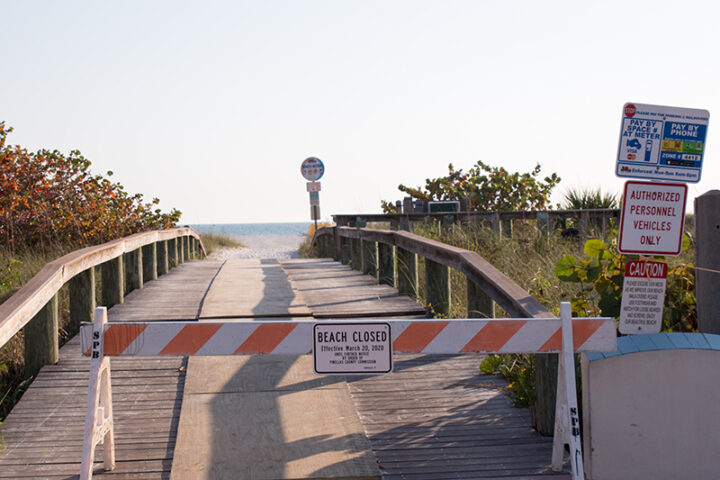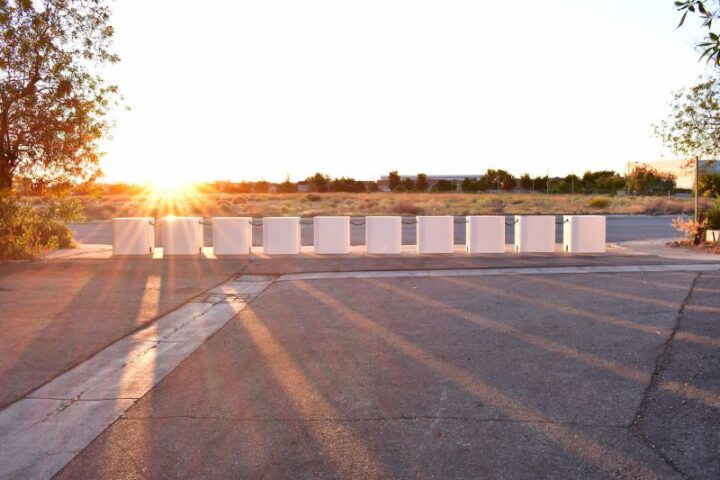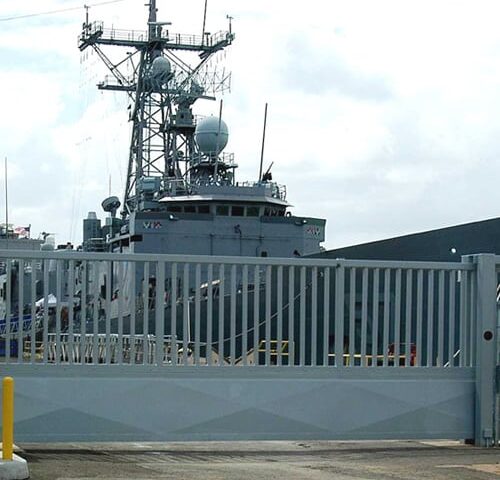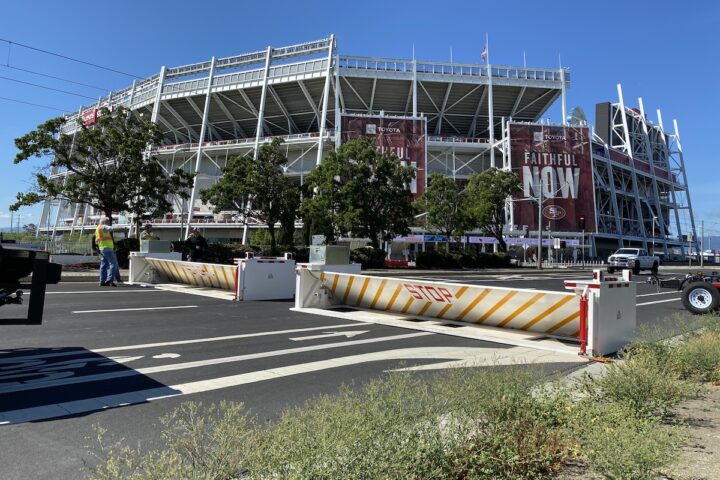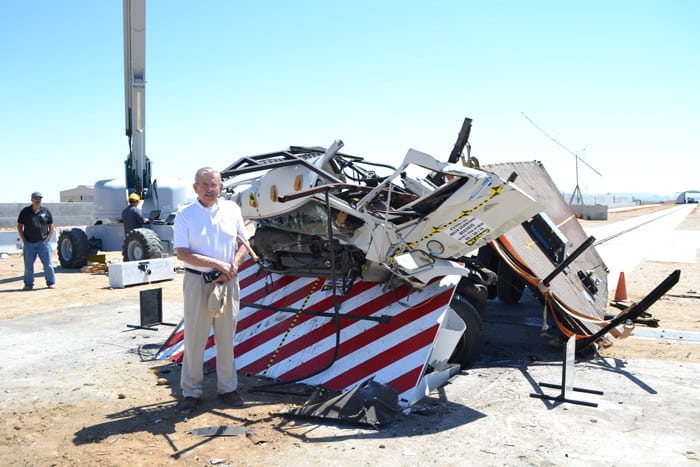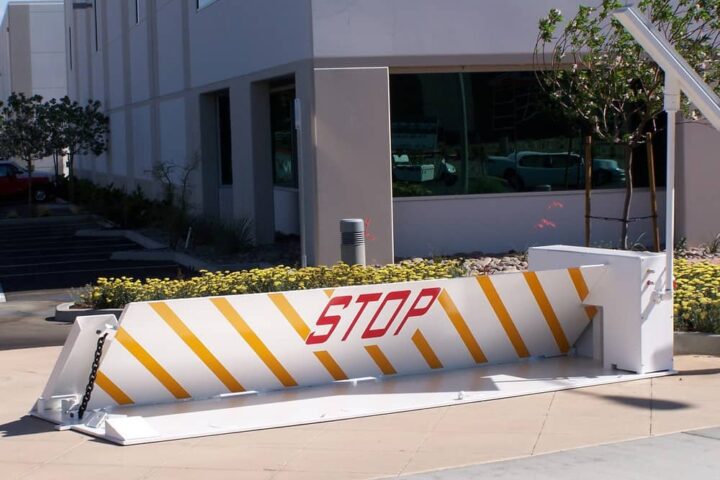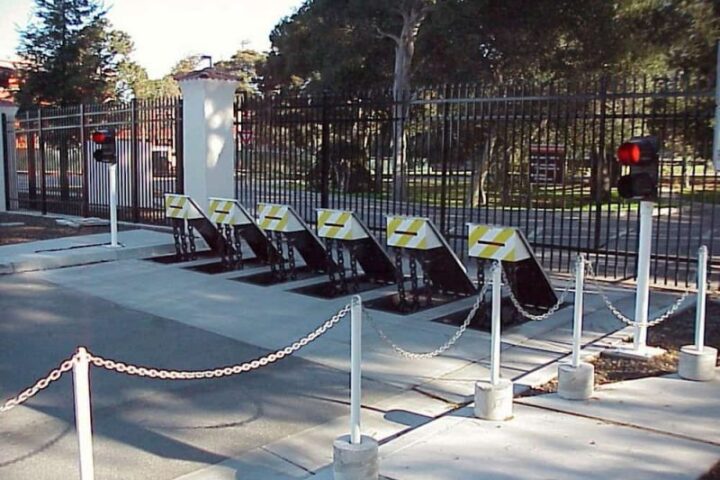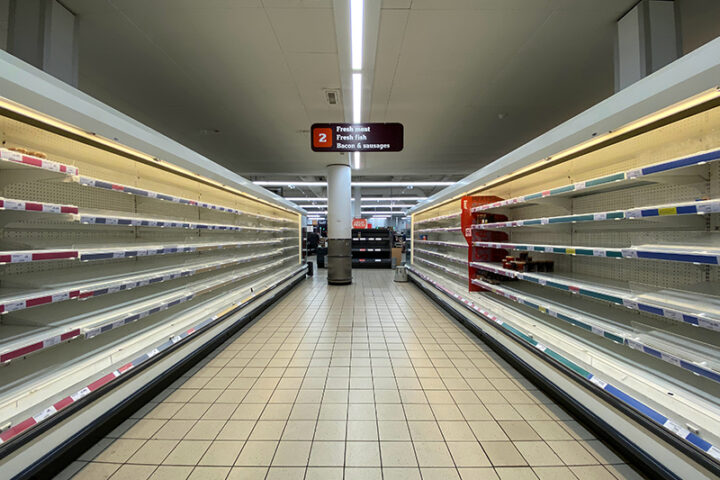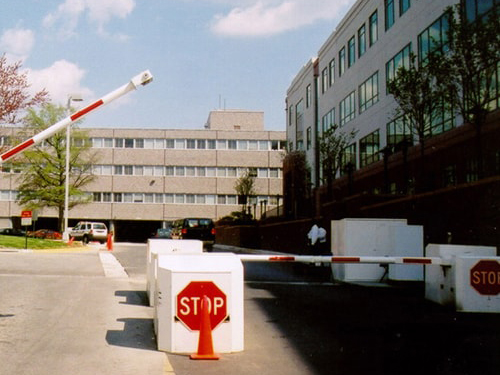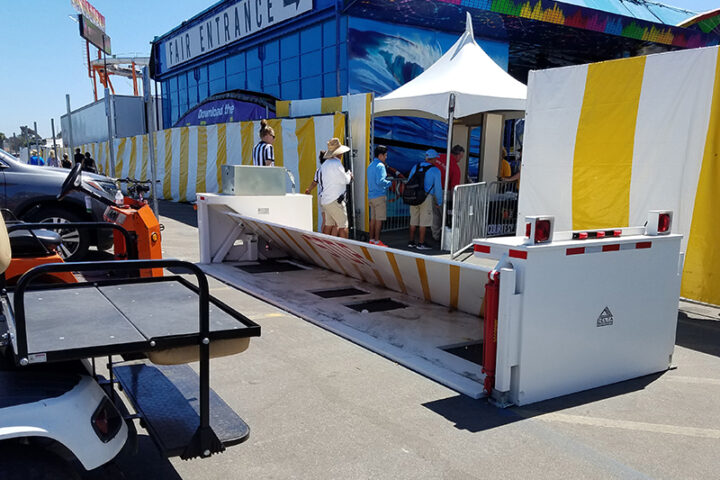As the pandemic continues to wash over the country, state and federal parks and services are drowning in closures and occupancy restrictions. Unfortunately, citizens are looking for solace away from quarantine procedures in the majesty of nature. This puts undue strain on the National Park Service that wasn’t designed for long-term regulations to minimize exposure. Fortunately, there are many ways that location managers can mitigate the disruption in service with either temporary or permanent barrier systems. Using simple methods to upgrade security procedures can help facilitate easier transitions as these places are reopened to the public.
Security When Space Is at a Premium
Security teams and building designers have long had to deal with an important balancing act. Pedestrian safety is important, but oftentimes it comes at the cost of aesthetics. In addition, with the advent of social distancing, creating pathways for high foot traffic areas is an even greater challenge.
Gates Can Be the Weak Link in Security
A chain is only as strong as its weakest link. When that chain is part of perimeter fencing, the most vulnerable point may not be where you think. Gates act as more than security equipment, they represent structural safety meant to stop even the largest of threats. While bollards and recessed rising barricades are effective, they just don’t project the outward strength that is immediately captured by a well-constructed and manned gate. Even so, that image can be shattered in short order when a determined assailant decides to take action against private or secured property.
Protecting Pedestrians and Property Amidst Protests
The right to state an opinion is something that many Americans hold dear. When many voices call out in unison, the results can turn into a security nightmare. Even locations where high pedestrian traffic isn’t normally a concern need to have a plan in place to handle massive protests. Local authorities may be in charge of keeping the peace, but there are many steps that professional security teams and designers can take to ensure the safety of people and property under their care. Using both fixed and portable units, any location can be prepared for demonstrations in ways that keep everyone’s safety at the forefront.
The Threat Behind Computerized Vehicles
The idea behind vehicular attacks is simple. Unlike conventional weapons, larger cars and trucks are more ubiquitous, and the potential cost to morale and the population as a whole is high. The main concession is that these transports need to be manned by a person with devious intent. However, the continued computerization of vehicles, as well as the push towards complete autonomous driving, may make this form of improvised ammunition much more effective and dangerous.
Security Challenges of Keeping the Lights On
A nation’s utilities are one of the most integral parts of its infrastructure. Disrupting electricity, natural gas or water can inconvenience, or more threaten, the lives of thousands of citizens. These facilities pose challenges not generally associated with other locations. While cybersecurity is at the forefront of utility protection, these locations still need to be protected from more traditional physical assaults as well.
A Case For Being Prepared
While many things have changed due to the worldwide pandemic, some things still remain the same. The threats of vehicular violence are still present even though collisions have become less frequent and traffic, in general, is at a significant low thanks to COVID-19. Preparing for such instances remains a high priority, and those institutions that take preemptive action stand to prevent major incidents before they start.
The Damage Caused By Hoarding During the COVID-19 Crisis
The COVID-19 pandemic is drastically changing the lives of everyone around the globe. While people can hope that global citizens will work together to overcome this crisis, there are always those looking to either profit from the situation, or only think about their own well-being. There are people who rush to stores during any emergency, grabbing up food and other supplies as quickly as they appear on the shelves. Unfortunately, during a long-term event like the pandemic, hoarding may cause even more harm than leaving a family without toilet paper.
Extremists Take Advantage of COVID-19 Confusion
As local and global communities band together to help stave off the worst of the COVID-19, the threat from infection is enough for most people to worry about. For some, it is an opportunity to learn new ways to deal with everyday life while remaining safe. For others, it is exactly the kind of chaos that can be exploited to relay a message of terror. While individual security is important, organizations need to recognize that this pandemic offers more threats than just the virus.
Portable Barriers Help Make Effective Seclusion Zones
Around the world, governments are trying to protect their citizens from COVID-19. One of the most effective ways is to create seclusion zones to keep people isolated and reduce the risk of spread. Agencies have also set up ad-hoc testing facilities to help determine who is affected, helping to establish quarantine procedures and track how far the illness has spread. In order to control the large amounts of pedestrians and vehicles, many areas are focusing on temporary solutions to traffic control and safety concerns.

